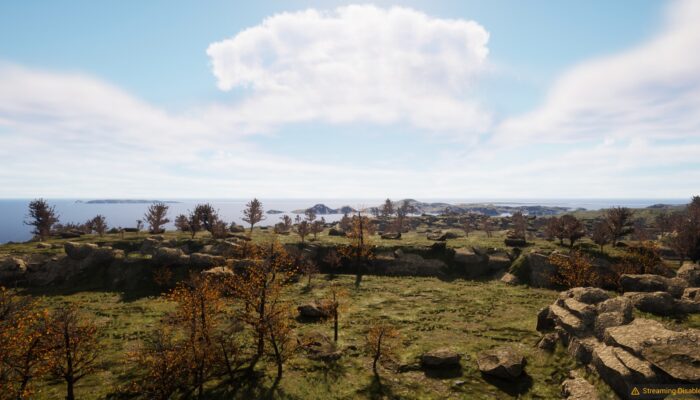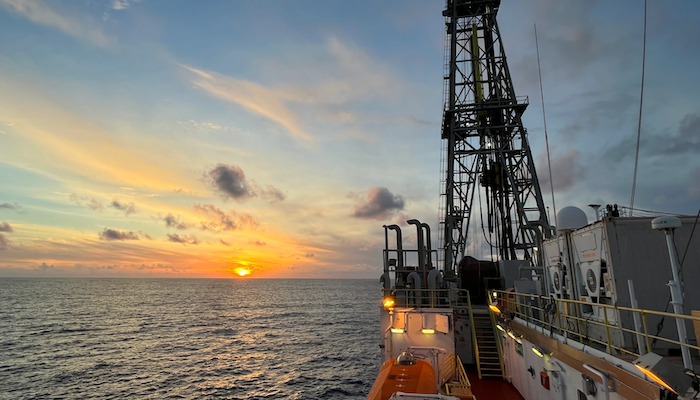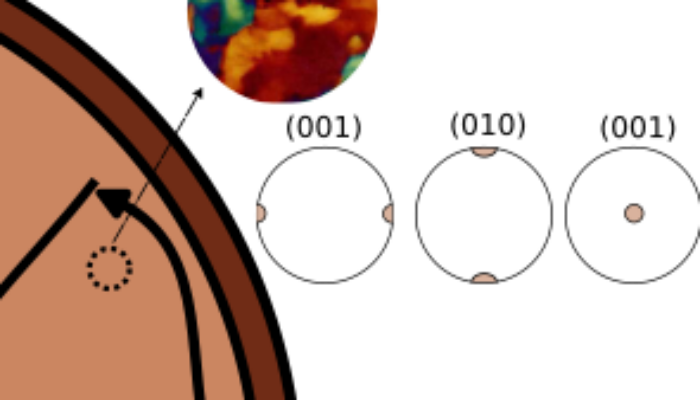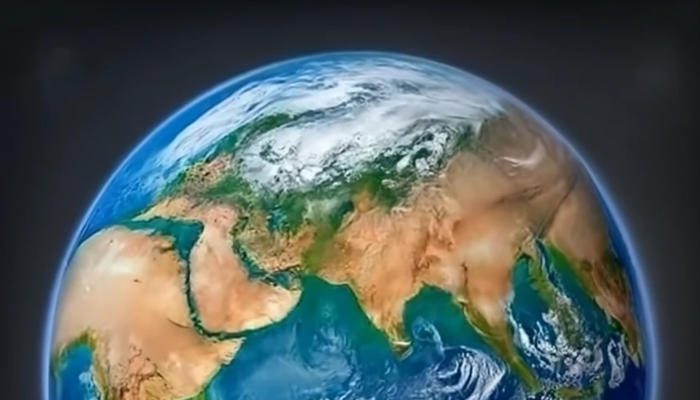With love for geoscience comes a zest for exploring the natural world. What we want to explore might not always be close to us. But science finds a way, even if it means sailing to the middle of the ocean. This week, we are going to dive into the nuts and bolts of how research cruises work in this blog post by Kuan-Yu Lin from the University of Delaware. Kuan-Yu recently sailed as an igneous petro ...[Read More]
Modelling CPO evolution with D-Rex
As a result of Earth’s mantle convection, rocks in the earth’s interior flow and develop a crystallographic texture. These textures reveal the planet’s thermal and tectonic history and are responsible for the viscous anisotropy, which can be used to study the planet’s deeper recesses that are not visible through other means. This necessitates the use of models that can pred ...[Read More]
Rendering tools for Geodynamics and Surface Modeling

Physics-Based Machine Learning – Curse or Blessing?
The advance of Artificial Intelligence is impacting all spheres of human activity, and Geosciences are no exception. In this week’s post, Denise Degen from RWTH Aachen University, Germany, gives us a glimpse of what this means for Geodynamics. Discussing the advantages and caveats of different approaches, she shows how physics-based Machine Learning may help us investigating and understanding comp ...[Read More]



